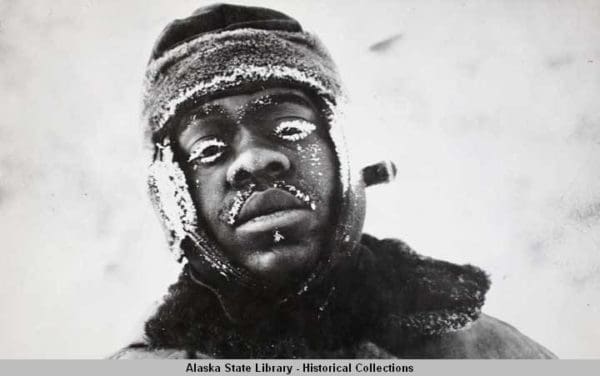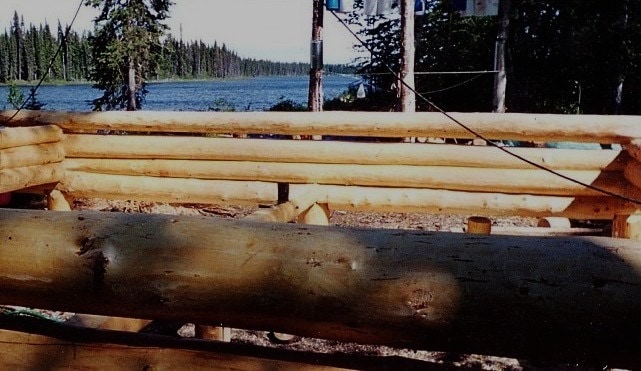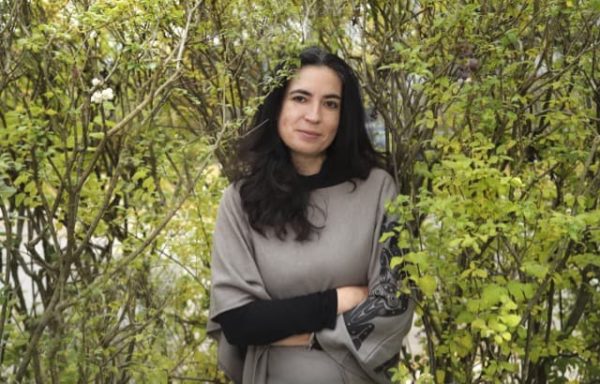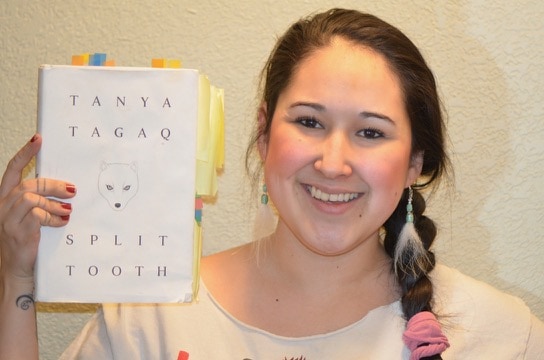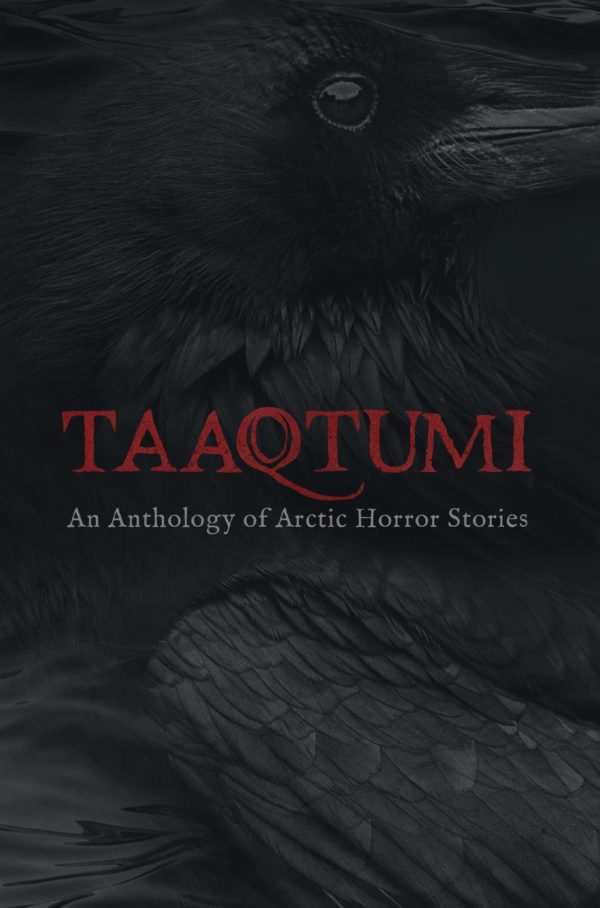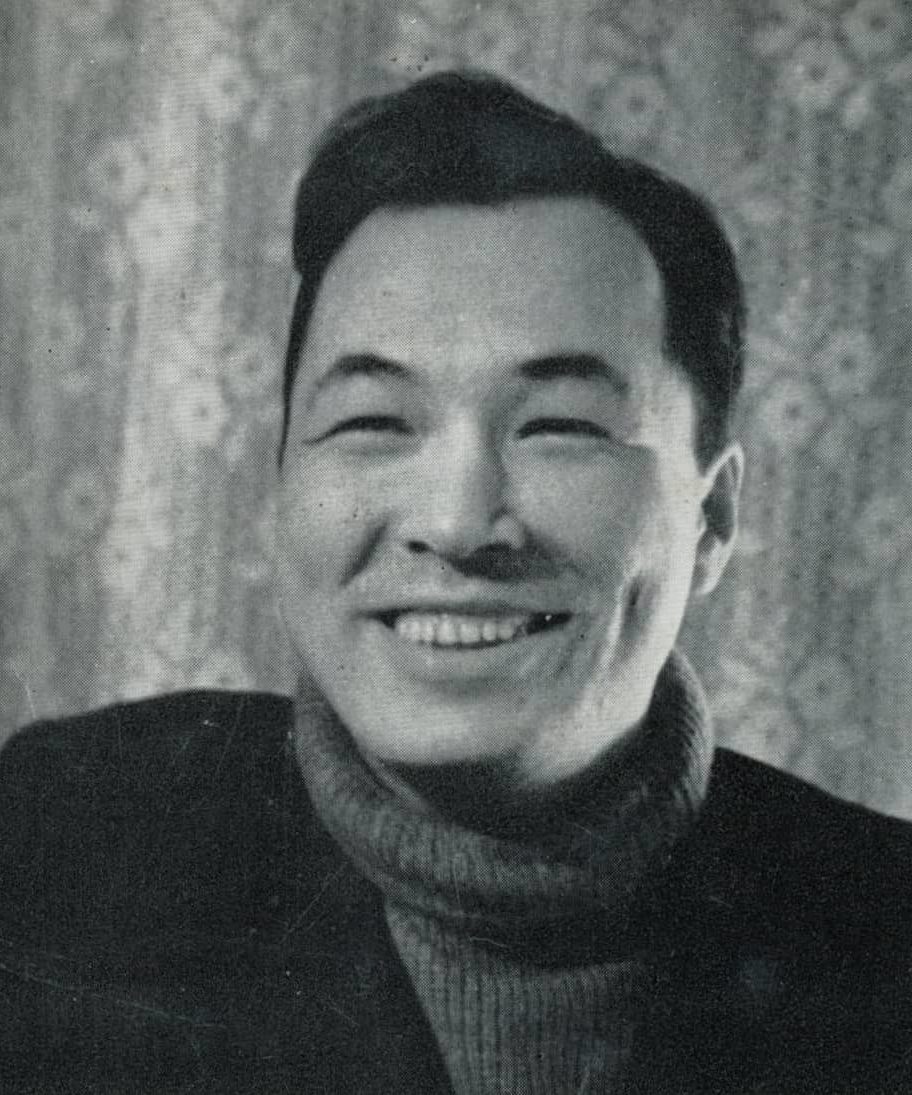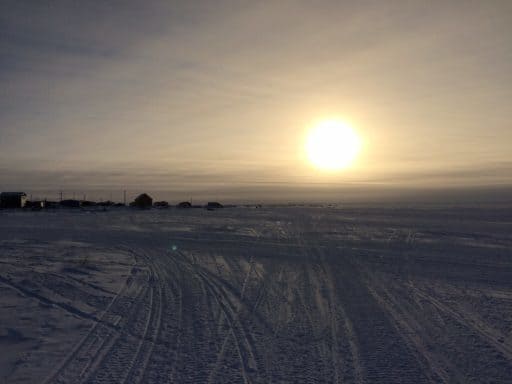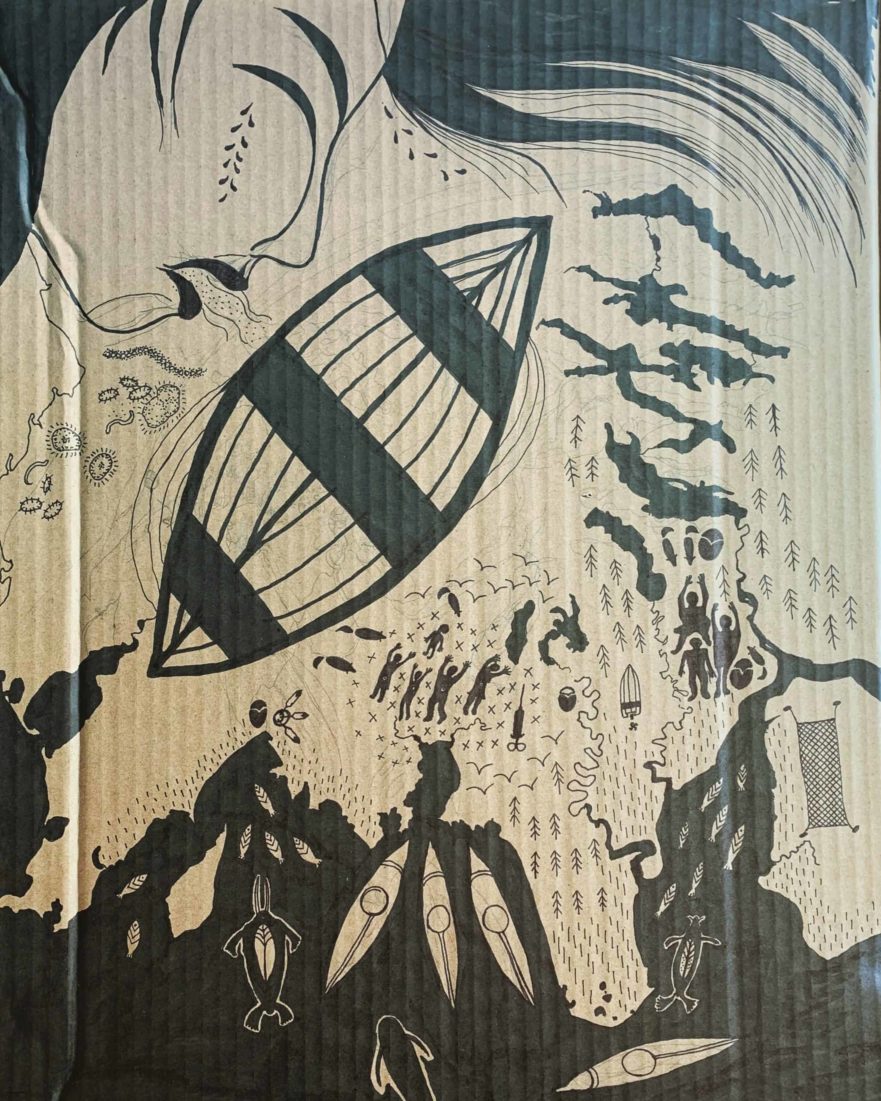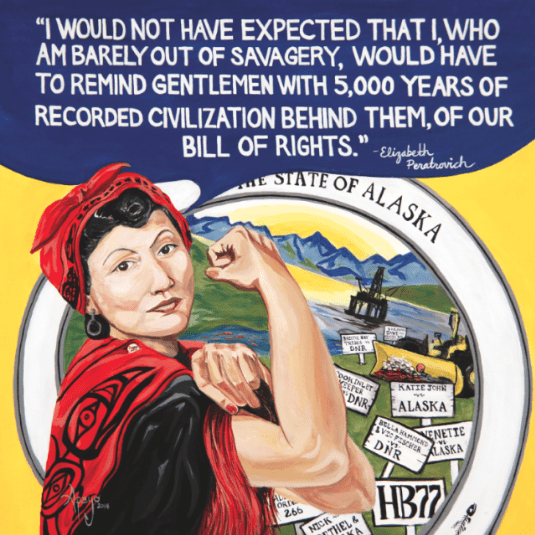Update: Podcast with author of Floating Coast
Bathsheba Demuth, author of Floating Coast: An Environmental History of the Bering Strait, visited Alaska during the penultimate period of time before COVID-19 shut down most travel. During her stay in Anchorage, she spoke at the museum, conducted a writing workshop, and participated in a pop-up live podcast interview with Alice Qannik Glenn, host of Coffee and Quaq. Glenn is from the northernmost city of Utqiaġvik, Alaska, and hosts Coffee and Quaq to help provide an accurate representation of Alaska Native life in urban and rural settings. Click below to listen to this excellent interview, in which they discuss Demuth’s early life, connection with the Arctic, motivations and goals as an historian writing this book, and the concept of hope.
Listen to “Episode 11: Exploring ‘Floating Coast'” on Spreaker.
Crossing Borders: Review of Floating Coast by Bathsheba Demuth
Floating Coast: An Environmental History of the Bering Strait, by Bathsheba Demuth (W.W. Norton & Co, © 2019) reads like a wave. Moving from ocean to shore on both sides of the Bering Strait, from summer seas to winter ice, to land, then up the rivers, and then underground, then spilling back out to the sea, Floating Coast is a dark tale of the transformation of values and life in the North. It’s a tale of taking, taking, taking; of how values of extraction and separateness moved north through the Bering Strait region. Through this process, whales, walrus, reindeer, foxes, tundra, rivers, land, and people with thousands of years of history here, endured the changes–suffering, surviving, adapting.

Whale boat frame, Gambell, Alaska © Bathsheba Demuth. Used with permission.
Transformation of energy: from whales singing to lamp oil and corset stays,
Floating Coast examines juxtapositions at every turn, helping the reader to understand the parallel transformation of values and energy in the North. On both sides of the Bering Strait, newcomers slaughtered whales as objects of commerce, devastating long-held relationships between whales and the humans to whom they give themselves: The baleen that filters food for whales, became fashionable corset stays. The whale oil that insulated warm blood, became margarine to eat, fuel for light, transmission fluid to help cars go. Newcomers who didn’t recognize reciprocity in human-whale relationships, lacked insight into the harm they caused. Of those who grasped the sentience of whales, many were beholden to the rules of the ships on which they sailed. “. . . knowledge of whale feelings, like whalers’ own feelings, did not translate beyond the ship. No oil buyer on the New Bedford docks paid for emotion, any more than they paid for human injury. They sold light to people who could burn it with no knowledge of pain.”
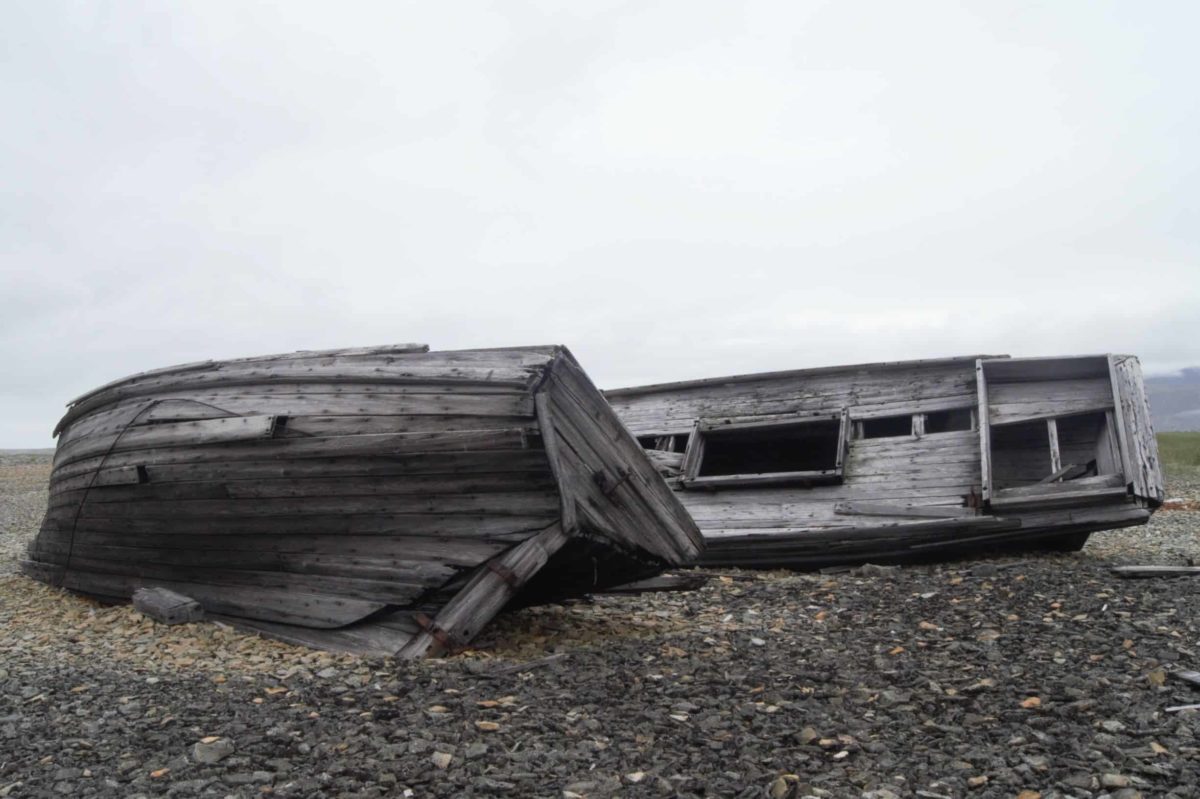
Abandoned walrus hunting boats, Plover Bay, Chukotka, Russia © Bathsheba Demuth. Used with permission.
To Arctic food chain disruptions for sale of tusks,
International boundaries defy definition as the “Floating Coast” of ice changes with the seasons. Walruses, dependent on ice, kept ocean muck churning, and redistributed sediment until hunters nearly killed them to extinction for their tusks. People starved and the oceans were poorer. An international agreement allowed walruses to recover temporarily. Recent loss of northern sea ice poses threats that again require international cooperation.
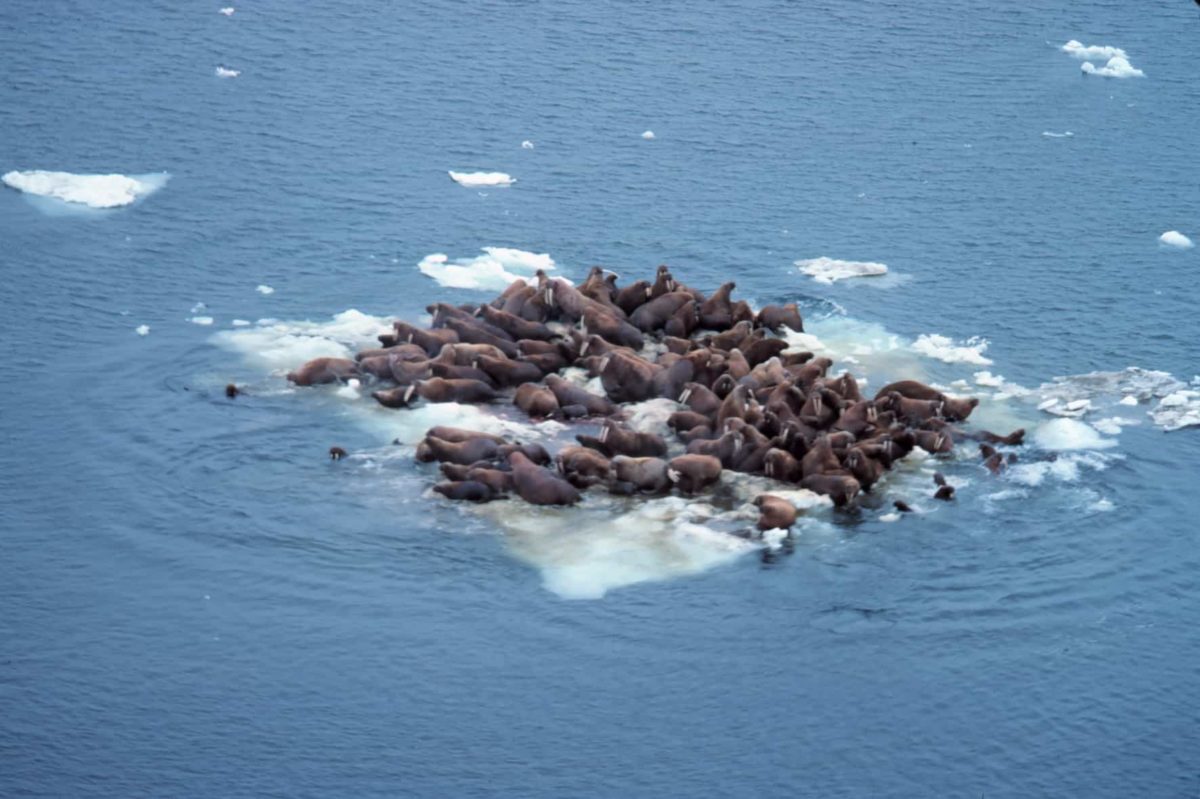
Walruses floating on Bering Sea Ice, Alaska. NOAA, public domain.
To the myth of limitless carrying capacity,
Moving from the shore ice to the inland tundra, Floating Coast is also a tale of reindeer. Both importation and domestication of reindeer were challenging in Alaska, but once here, the herds expanded rapidly during cold winters. So rapidly, in fact, that some believed they’d provide a reliable ongoing food source for the rest of North America. Warm spells of the 1930s, however, wrought barrenness in the Arctic as elsewhere. While herds rebounded during cooler decades that followed, recent warm northern summers with raging wildfires, bring worries about “late rains and early berries and strange new insects . . . What this new climate means for Rangifer is uncertain: will they starve in deep spring snow, or grow fat in longer summers? . . . And on the tundra, it has long been that, as things go with the caribou, so too with the people.”
To the greed for what lies beneath the surface.
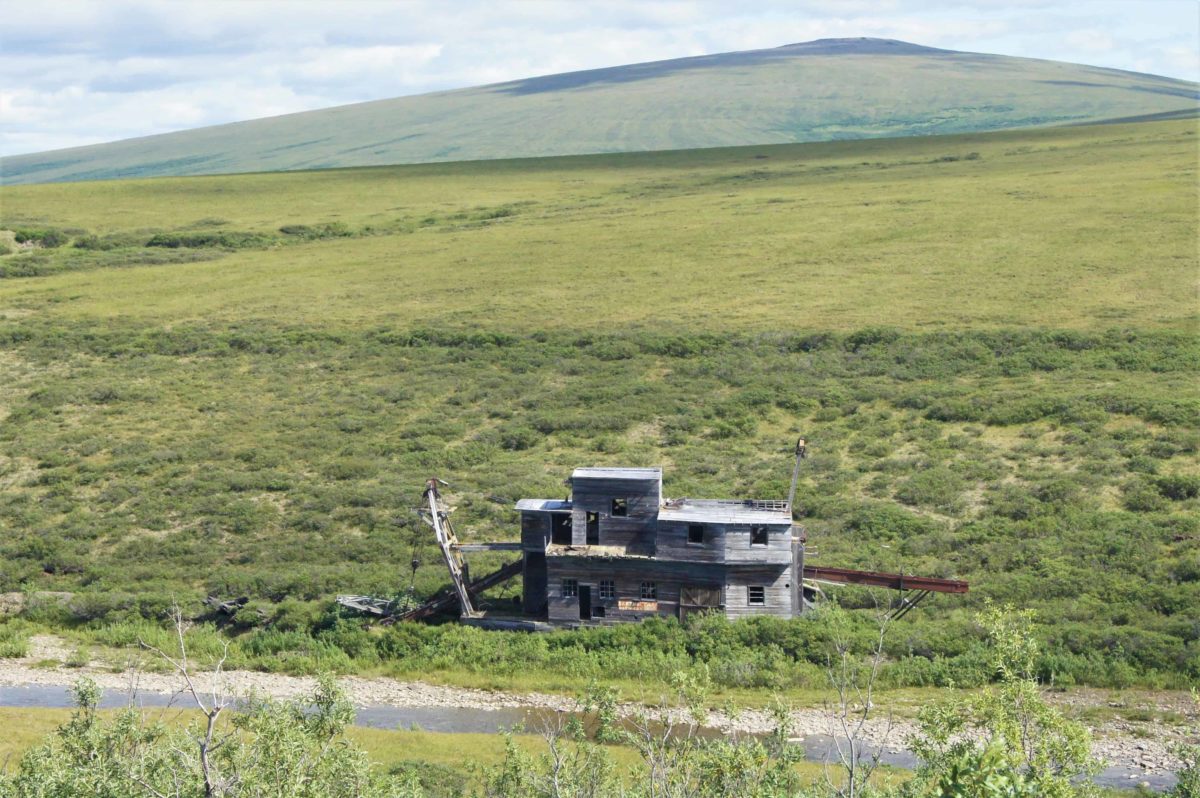
Abandoned mining equipment outside Nome, Alaska © Bathsheba Demuth. Used with permission.
Floating Coast tells of immigrants deliberately melting the permafrost in their quest for gold, on land that was already in use when they arrived. Immigrant miners argued with each other over what belonged to none of them, and some were stranded in the North when they could not find enough gold to pay their way home. Later chapters show how disrespect for existing communities of people who lived here, Chukchi, Inupiat and Yup’ik, paralleled disrespect for the interconnections between the animals, plants, ice, and tundra, further disintegrating lives in the North. “Mining on both sides of the Bering Strait hastened a kind of decay, deadening rivers and bleaching tundra. For people downstream, exposure to the mines reduces the time they can expect to live.”

Mountain stream outside Nome, Alaska © Bathsheba Demuth, used with permission.
A parable of cultural dissociation
Floating Coast is a meticulously researched narrative about cultural dissociation: how uncomfortable truths, far removed from our consciousness, get dismissed. The consequences of forgetting, of splitting off from our awareness, the sources of material wealth, are devastating for those neglected. Floating Coast helps us understand how escalating greed married unbridled faith in a limitless future on both sides of the Strait. It shows how capitalism and communism have both failed to recognize the true cost to the the North of redistributing the wealth of its life, in dead form, to humans and industry in warmer climes. Floating Coast relates the tragedy of our modern lives, with the fatal flaw narrated in cyclical, repeating rhythm like a chorus, that separation and objectification allows greed to consume and disintegrate. Transmogrified by greed, humans forget or ignore how much modern material wealth has come at the cost of sentient lives and communities in the North, on land and at sea. Floating Coast serves as a warning, that when limits are reached, the bill comes due and governments can go bankrupt. Empty and broken promises can then leave local human communities with crumbling, impermanent infrastructures, a farcical substitute for the cultural foundations which had sustained them in years past.
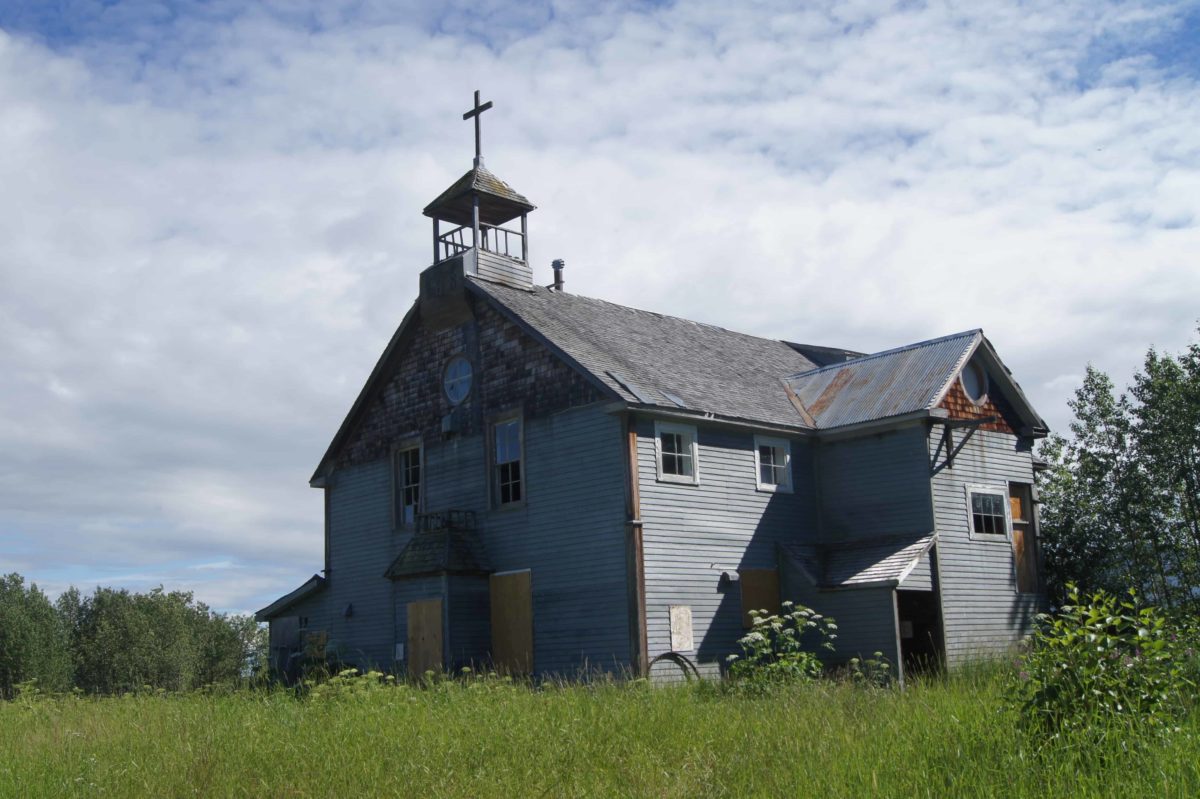
Abandoned mission, Pilgrim Hot Spring, outside Nome, Alaska © Bathsheba Demuth. Used with permission
With the changing climate of the North
The book becomes a backdrop against which we are left to wonder, how much of our current climate woes are due to rapacious greed for the life that the North has given? And how will the North survive the melting that is no longer in the future, but happening now?
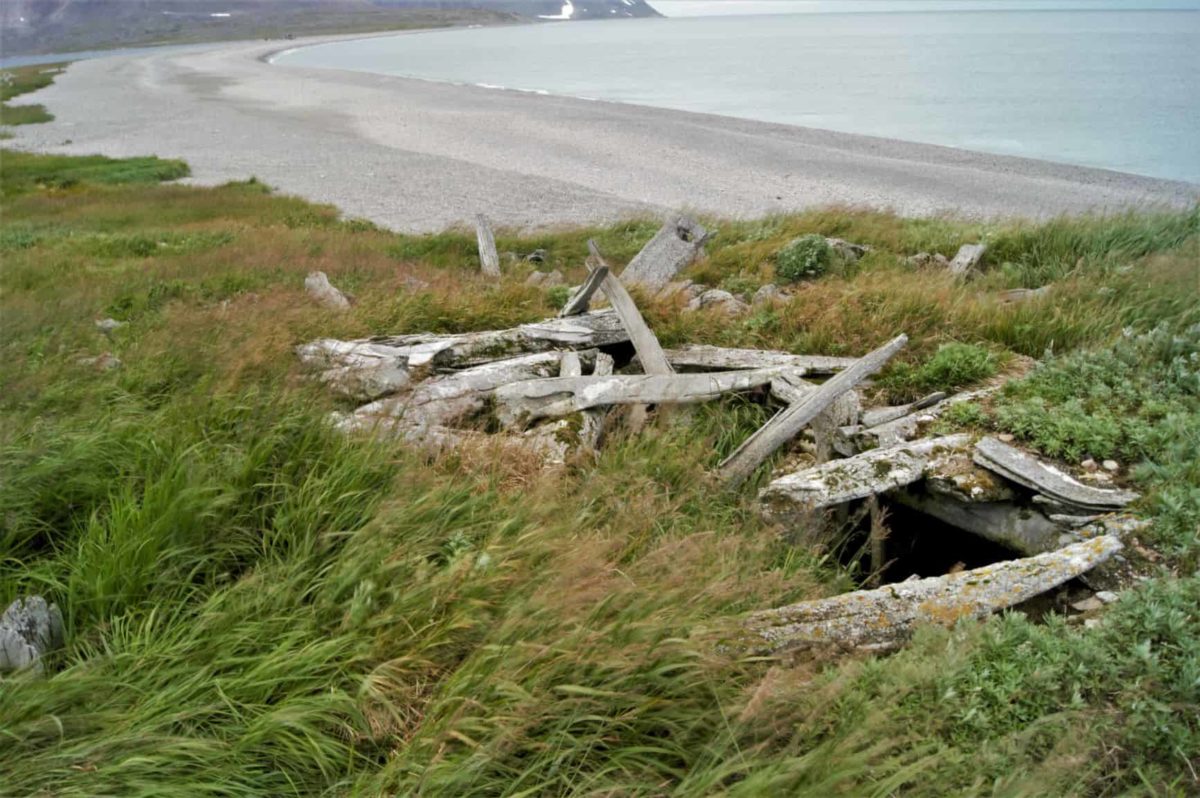
Whale rib and jawbone rafters of an underground house, Avan, Russia © Bathsheba Demuth. Used with permission
Melting ice is merely the latest assault on Bering Strait communities
The drive for profit in America, and Soviet “plans” and “quotas” had similar effects on each side of the Strait. Both Americans and Russians took beyond the land’s carrying capacity, beyond the food needed for survival of the Chukchi, Yup’ik, and Iñupiat people. The trade of dead whales, walruses and reindeer were losses borne by those whose lives were entwined with them. Whether intentional or not, the effects of these takings from the land, cultures, and communities, were incalculable, and are ongoing. Climate change is itself merely the most recent catalyst of cultural change for communities in the far North.
Highlighting the need for environmentalists to build bridges with Indigenous communities
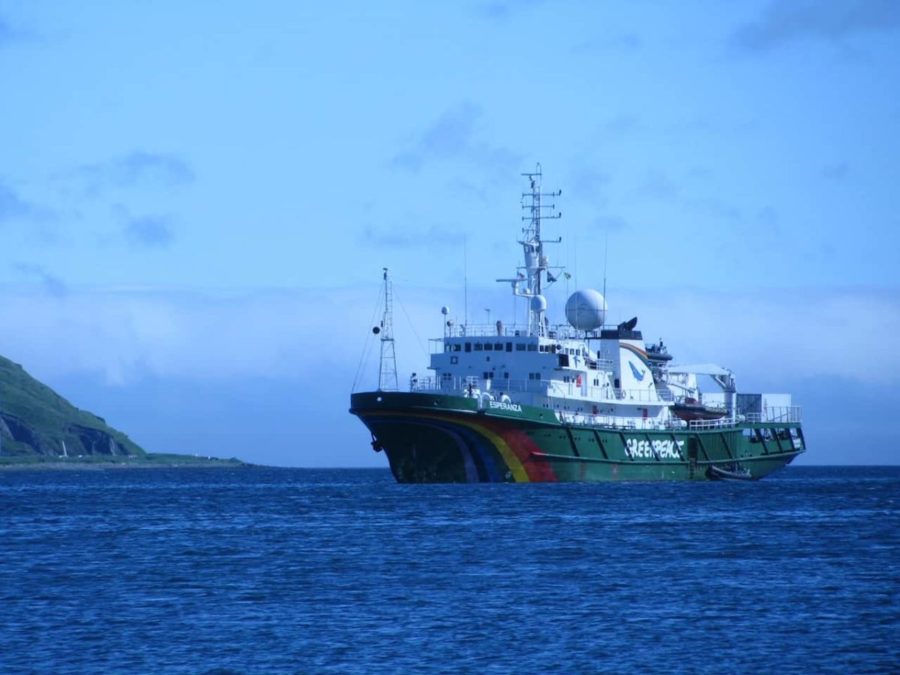
Photo of MV Esperanza in the Bering Sea, 2012. © Lisa Alexia
Greenpeace has fought hard for whales without recognizing the essential relationship involved in Indigenous non-commercial whaling. “In 1977, the IWC (International Whaling Commission) sided with abdication, claiming the population of bowhead whales was so low, even subsistence hunts endangered the species . . . (yet) Whales were not and had never been objects, even after a century of market hunting; they were beings that swam up from their own country and chose to die. For whalers to refuse that gift was disrespectful, and had for many centuries meant human death from hunger.” Floating Coast reminds us, that it is this relationship that has been missing in equations of governmental regulations of life in the north, whether environmentalist, Soviet, or American.
Yet core values persist
Quietly, Floating Coast is also a tale of enduring Northern values, and adaptability, and transformation of receptive humans who pay attention, listen closely and with love, to the land. It is a story of Indigenous resilience, of those who have survived losses to their livelihood and language and yet continue to pass on to their children, core values and traditions. “You live here by not offending the beings that make your life possible. You live here because other lives give themselves to you. To articulate the act of consumption, of taking energy this way, is not romantic . . . reciprocal ethics, acknowledging that all life shifts between consuming and providing. Commodities make no such demands.”

Whale rib architecture © Bathsheba Demuth. Used with permission
Cross-cultural perspective bridges understanding
In the publisher’s video about Floating Coast (below), Demuth asks, “How do our ideas change nature? How does nature change the way that we think about the world? I wrote the book to examine these two ideas.” Demuth is an environmental historian at Brown University who lived for several years with the Gwich’in in far northern Canada. She has worked and traveled extensively in the U.S. and Russian far North. She brings cross-cultural, cross-border understanding of these apparently contradictory worlds to every turn of phrase in Floating Coast. The book succeeds in challenging traditional notions of borders, due in no small part to the author’s life experiences.
Of particulars
Floating Coast was noted as a best book of the year by Nature, Kirkus Review, NPR, Barnes & Noble, and Library Journal. With 416 pages, maps, extensive references, and a detailed index, this historical geography of the polar regions has been meticulously researched and thoroughly documented. Demuth uses quotes extensively, though when her own voice shines through, it is lyrical, poetic. I look forward to reading more of her nature writing in the years to come.
The author, Bathsheba Demuth, graciously shared a few of her photos which are included in the body of this post. She has posted many other beautiful photos of wildlife and ice which you can see at her website.
Denali Sunrise Publications Bookstore
Click on the button below to purchase Floating Coast: An Environmental History of the Bering Strait in our store
(or buy it at your local independent bookstore)






